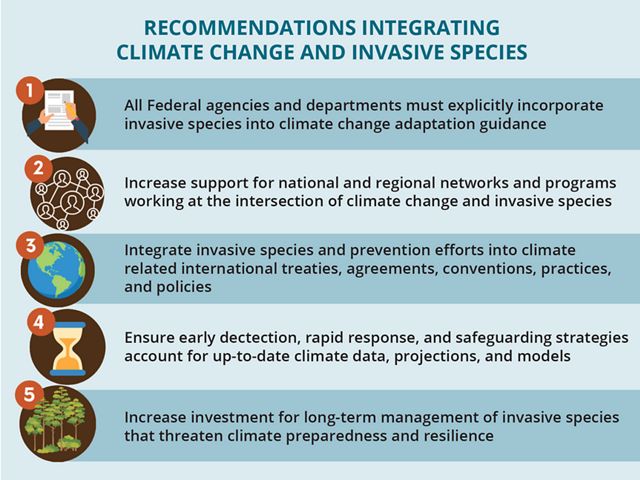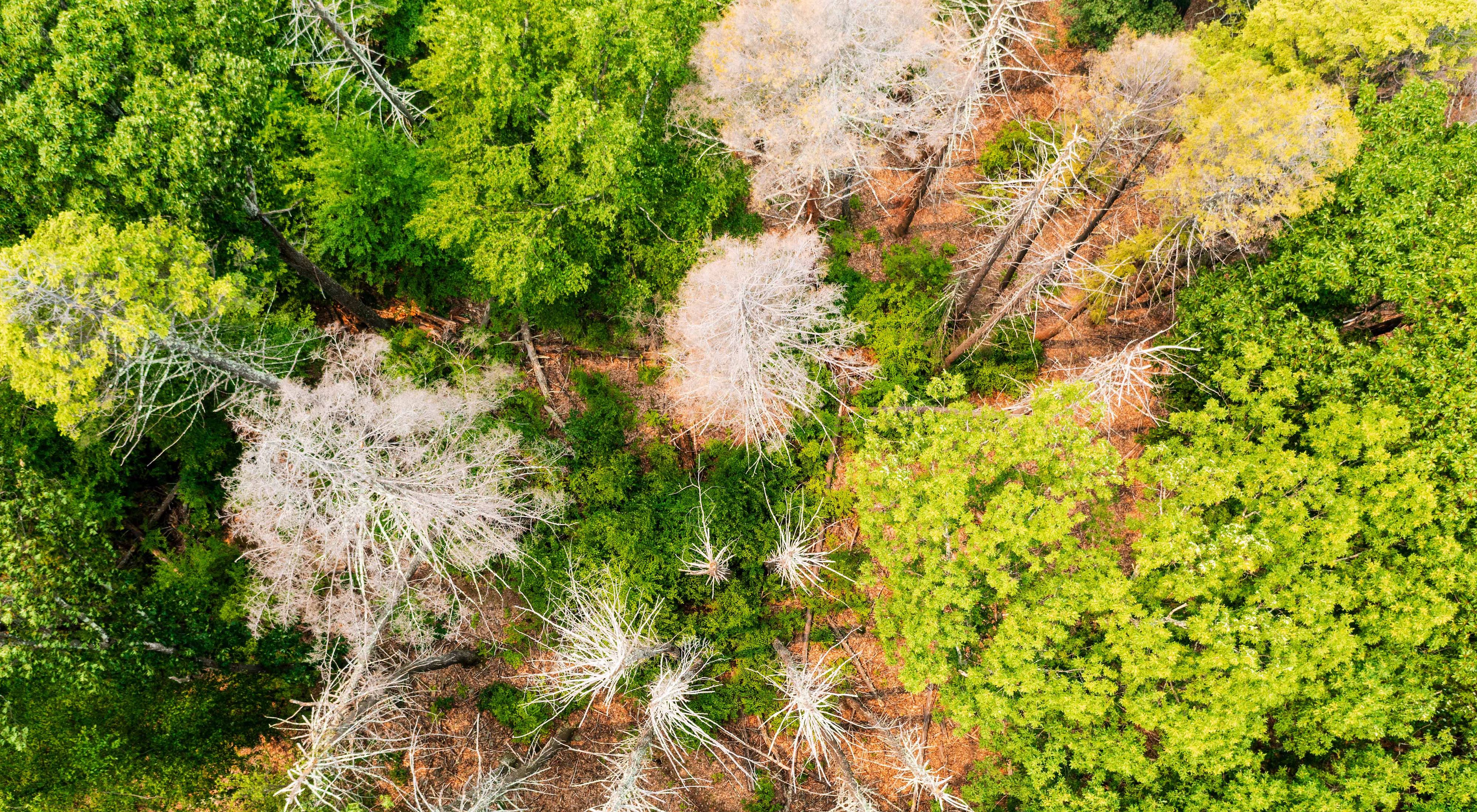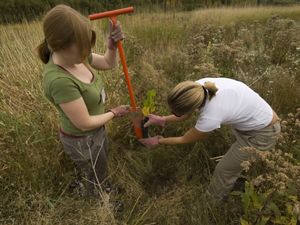Invasive Species Threaten Climate Change Preparedness and Resilience
New paper details how federal agencies and departments must integrate invasive species management into climate change actions to be fully effective.
Media Contacts
-
Adrienne Egolf
Associate Director of Communications
Natural Climate Solutions
Email: aegolf@tnc.org
Download the Paper
Invasive Species Threaten the Success of Climate Change Adaptation Efforts
See ISAC's Five RecommendationsInvasive species are a significant threat to climate-preparedness and resilience, according to a new paper published for the National Invasive Species Council by the Invasive Species Advisory Committee (ISAC). The paper, Invasive Species Threaten the Success of Climate Change Adaptation Efforts, addresses one of the most critical intersections between invasive species and climate change—where invasive species are posing a direct threat to natural climate solutions and climate resilience—and provides recommendations for action at the federal level.
“Our research confirmed what we already suspected: US federal agencies have not yet actively integrated invasive species management into climate action planning, funding, and implementation- and they must take clear steps to do so in order to meet their own climate goals,” says Leigh Greenwood, TNC’s Director of Forest Pest and Pathogen Program and Chair of ISAC’s Climate Change subcommittee. “The paper includes five targeted recommendations that are achievable and would help protect both people and nature from the damaging impacts of climate change.”
Quote: Leigh Greenwood
The paper includes five targeted recommendations that are achievable and would help protect both people and nature from the damaging impacts of climate change.

According to the paper and past research, invasive species are already a major barrier to the successful implementation of climate adaptation and mitigation plans; they are currently hindering the natural environment’s ability to sequester carbon emissions and protect communities from the increased threats of climate-amplified weather events such as flooding and storm surges.
“Invasive species and climate change are both boundaryless. By integrating proactive policies into climate change strategies and guidance, federal agencies could lead the way to prevent and manage invasive species nationwide” says Alix Murdoch, TNC’s Senior Policy Advisor on Natural Climate Solutions. “It’s a key step in ensuring our forests, grasslands and coastlines are healthy and resilient so they can help mitigate climate change and provide benefits to communities."
To develop recommendations for addressing this intersection of climate and invasive species, the ISAC conducted a gap analysis of the U.S. Climate Change Adaptation Plans and synthesized case studies around the impacts of invasive species on U.S. climate resilience.
“We found many examples where efforts to prevent and manage invasive species have resulted in more climate-resilient communities, ecosystems, and economies,” said Laura Brewington, ISAC member and Co-Director of the NOAA Climate Adaptation Partnership for the US Pacific Islands region, the Pacific Research on Island Solutions for Adaptation. “By actively integrating and jointly addressing these two threats, federal agencies can deliver a win-win for the nation.”
These recommendations will also benefit and protect underserved communities, which are often disproportionately affected by the impacts of both climate change and invasive species.
“The devastating fires in Lahaina and Kula on Maui in 2023 are clear examples of the synergistic effects of invasive species and climate change.” says Christy Martin, Program Manager for Hawai’i’s Coordinating Group on Alien Pest Species, current ISAC Vice Chair and prior Chair of the ISAC Underserved Communities subcommittee. “Climate adaptation plans must include the protection of existing natural infrastructure—the native forest and the coral reefs – for both the benefit of the communities that depend on them, and the ecosystems themselves.”
While the focus of ISAC’s paper was to recommend actions by the federal government, its recommendations apply to a much broader set of entities. State, tribal, regional, and local groups should all incorporate the findings of this paper into their climate change action planning.
See all three white papers (and prior ones) that were approved in November 2023 and published in February 2024.
Or download the Invasive Species Threaten the Success of Climate Change Adaptation Efforts (PDF) white paper directly.
The Nature Conservancy is a global conservation organization dedicated to conserving the lands and waters on which all life depends. Guided by science, we create innovative, on-the-ground solutions to our world’s toughest challenges so that nature and people can thrive together. We are tackling climate change, conserving lands, waters and oceans at an unprecedented scale, providing food and water sustainably and helping make cities more sustainable. Working in more than 70 countries and territories, we use a collaborative approach that engages local communities, governments, the private sector, and other partners. To learn more, visit nature.org or follow @nature_press on Twitter.



